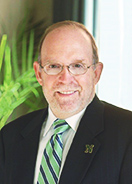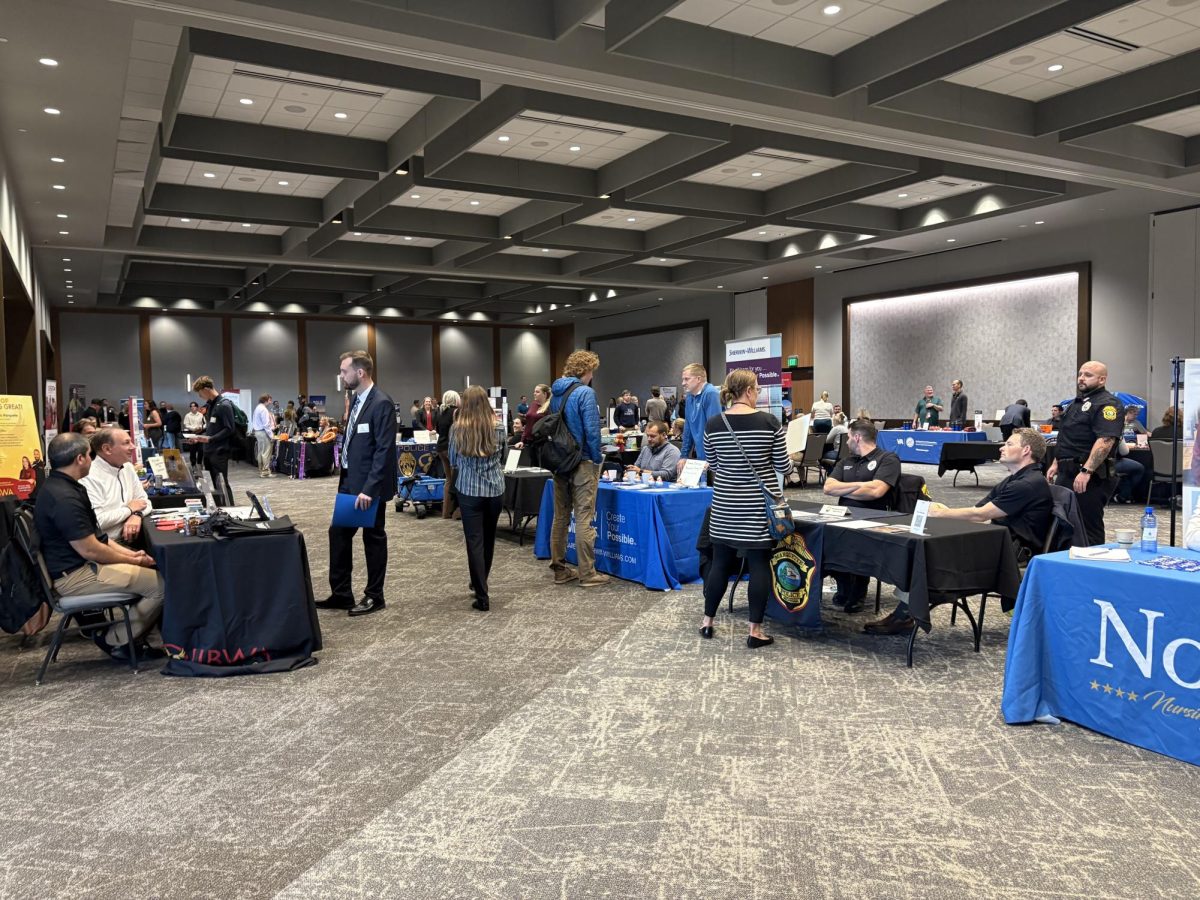About 70 faculty and less than five students showed up last Thursday at the Reynolds Recital Hall for a university forum discussing the 2017-18 budget.
The forum provided updates on higher education appropriation funding discussions that recently took place in Lansing, insights on how upcoming tuition and fee rate decisions will be impacted by Gov. Rick Snyder’s fiscal year 2018 (FY2018) budget for the state, as well as the financial impact of President Donald Trump’s federal budget proposal on NMU students and multimedia programs.
 The Educational Access Network and transparency projects were also discussed at the forum.
The Educational Access Network and transparency projects were also discussed at the forum.
NMU President Fritz Erickson opened the discussion by unveiling the new tentative mission and vision statements of the university. There are two final options for a new vision statement and one for a mission statement that will be presented at the next Board of Trustees meeting during the first week of May.
“We’ve concluded the process of the Strategic Implementation Plan which will kick into high gear as we get into next fall. We’ll probably go a little bit slower on some of the implementation pieces until we get through the Strategic Resource Allocation process,” Erickson said.
Gavin Leach, NMU vice president of finance and administration, presented the higher education budget numbers set by Snyder as well as the numbers set by the House and the Senate for the fiscal year of 2018. The state budget factors for higher education operations performance of FY2018 include a 2.5 percent increase set by Snyder, a 2 percent increase by the Senate and a 1.9 percent increase by the House.
For NMU, this means $1.1 million (2.3 percent) from the executive branch, $0.86 million (1.9 percent) from the Senate and $0.82 million (1.8 percent) from the House. If appropriation parameters hold, a potential increase in enrollment for next fall could have a positive impact on NMU’s budget next year, Leach said.
He also said potential federal budget impacts for FY2019 include nearly $2.7 million in reduced financial aid, mostly work study and federal Perkins loans, and elimination of Corporation of Public Broadcasting support, which would cut $864,000 from WNMU-TV and Public Radio 90.
Leach also discussed how state investment in higher education for Michigan has dropped by more than $1 billion since 2002. This is equivalent to a 44 percent decrease in state funding per student. Leach said from 2002 to 2017 state spending increased by 19.1 percent, while state appropriations spending on higher education decreased by 19.5 percent.
“It really points out to the challenges of how higher ed in the state of Michigan is funded and this is true throughout the nation but I think in Michigan it’s been pretty prevalent,” Leach said.
According to house.mi.gov, Michigan ranks 39 in per capita state fiscal support for higher education.
Leach said the decrease of state appropriations puts pressure on tuition and fee models at universities like NMU, where there is an inverse relationship between where tuition levels are and the amount that is received from state appropriations over time.
Throughout the rest of the forum, Leach discussed tuition restraint models of NMU for 2017-18 and compared NMU’s tuition and fee rates to other Michigan universities.
Steve VandenAvond, vice president of extended learning and community engagement presented on EAN opportunities for NMU as well as current and future course offerings available for community members who wish to pursue personal development.
Erickson said as a regional university, NMU has an obligation to provide fair educational opportunities to students who live in rural communities around the Upper Peninsula.
“And if we can be the provider that makes that happen, we believe that those kids will continue their educational experience with us and that identity, we think is really important,” Erickson said, adding, “It’s not an unattainable goal for us to believe that the Upper Peninsula of Michigan can have one of the highest educational attainment rates of rural communities anywhere in the country.”
Erickson brought the forum to a close by discussing the ongoing campus transparency project and the steps that have been taken since it was introduced two years ago.
He said although a number of tools are in place to promote greater transparency on campus, the administration still has problems finding ways to reach out to people. He also highlighted efforts by the Sustainability Committee.























